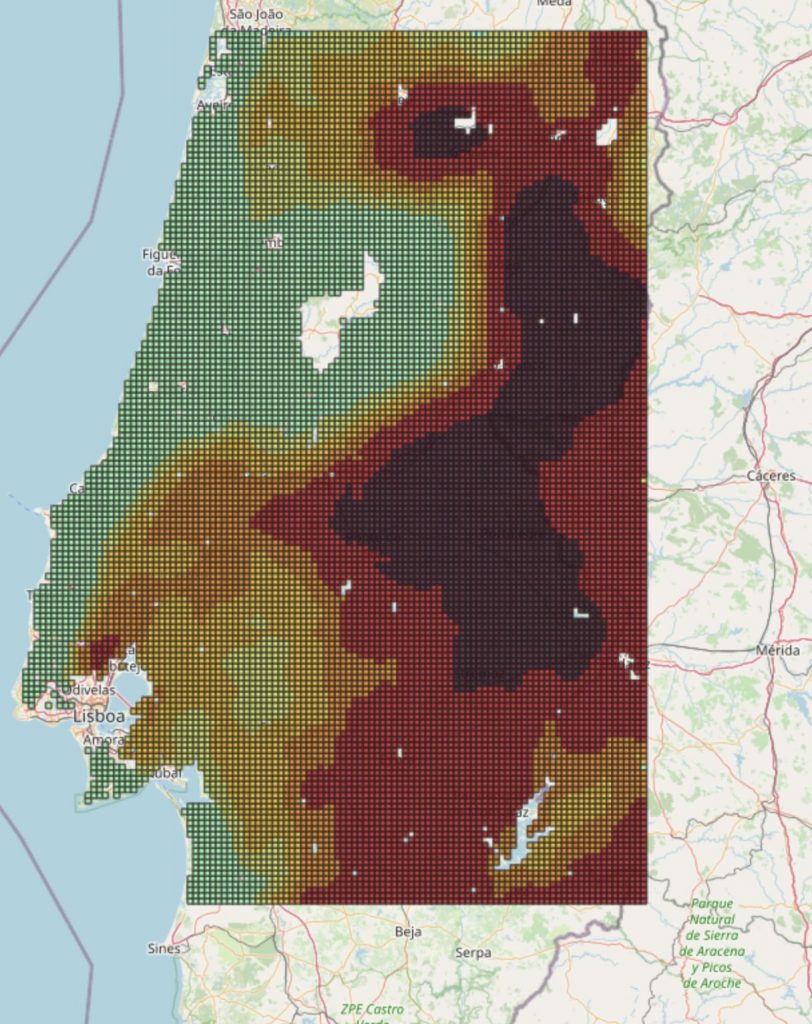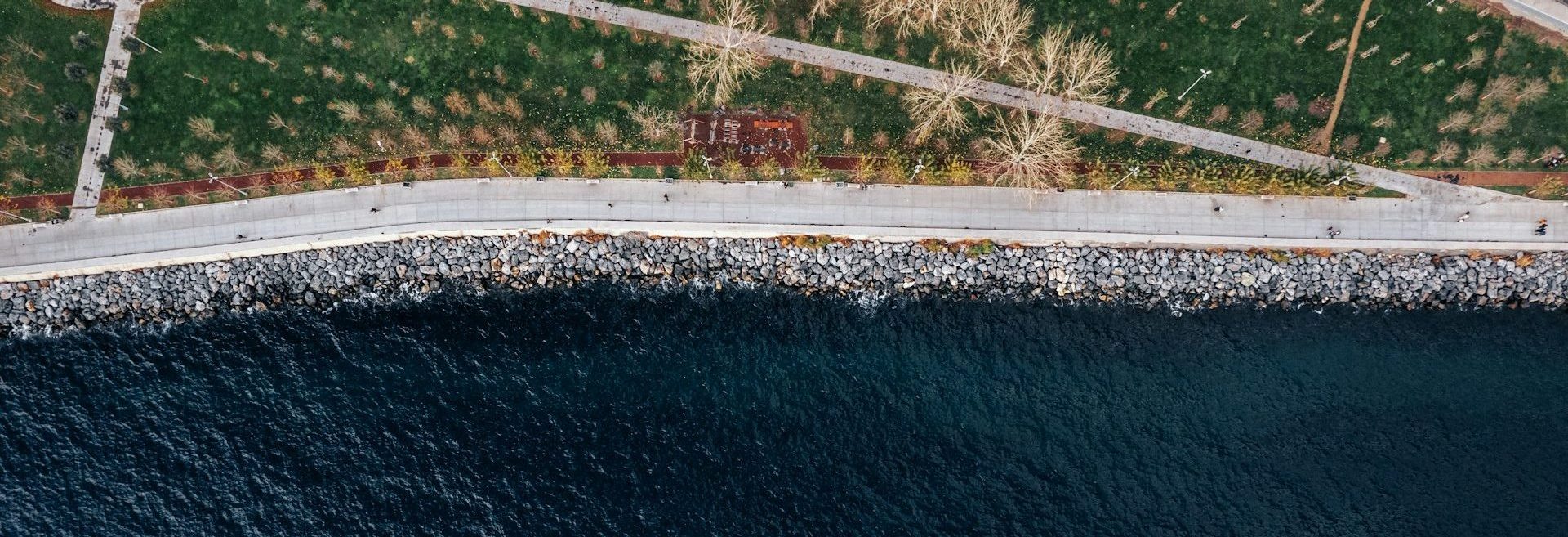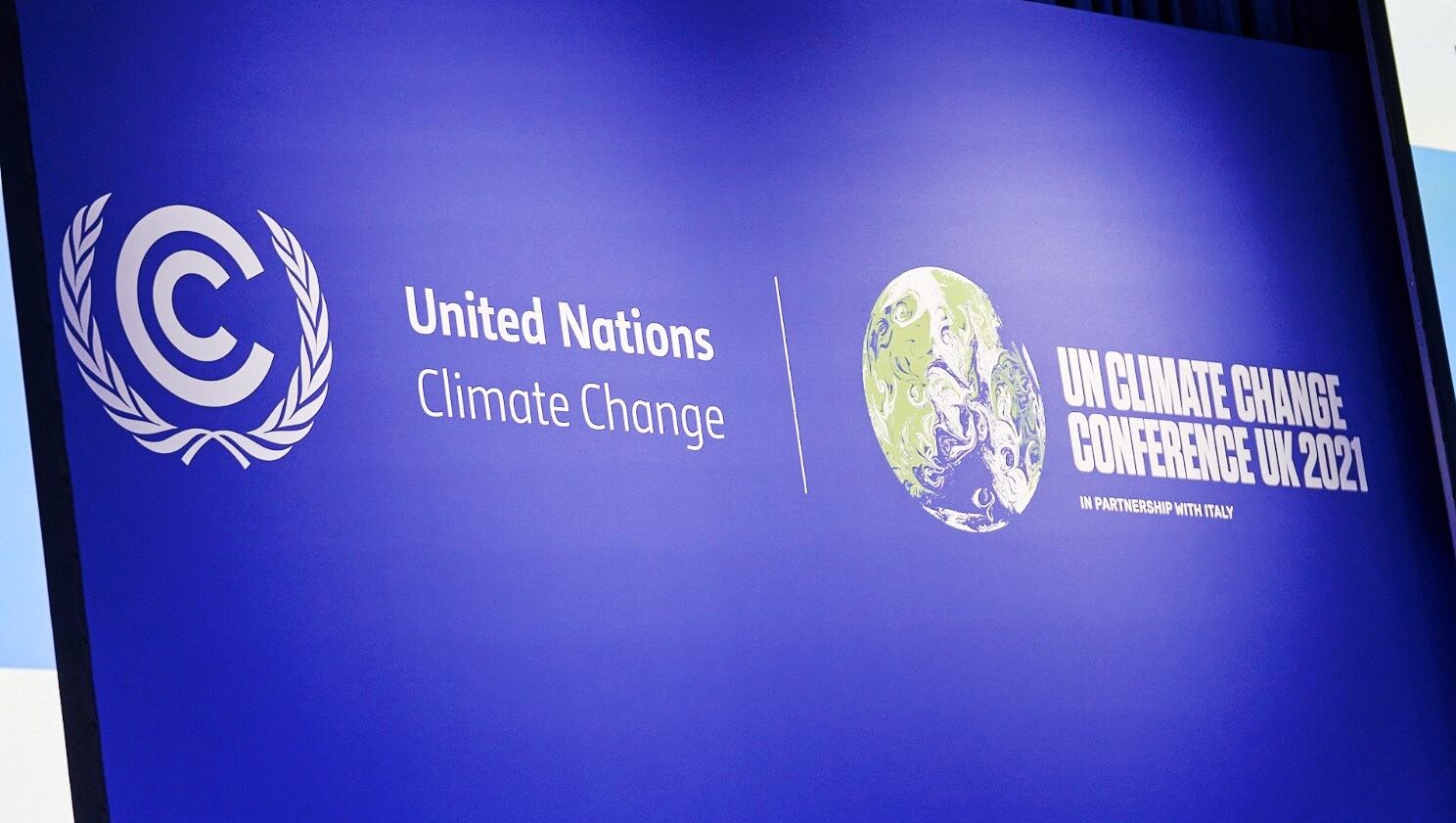2023 was one of the worst years for wildfires in the European Union, with over 500,000 hectares of land burned according to the Copernicus Annual Fire Report. A trend that has continued into 2025, with countries such as the United Kingdom, Ireland, Germany, the Netherlands, and Belgium experiencing an exceptionally dry and warm spring – throughout April and May, the European Drought Observatory classified much of northwestern Europe under “watch” and “warning” drought conditions – which has led to record-breaking burns in Germany and the UK, countries that are not exactly known for wildfires.
When it comes to understanding what is causing wildfires and how their patterns are changing a recent study led by CMCC researchers found that both the frequency and scale of megafires has significantly increased in recent years, and that the proportion of wildfires occurring during heatwaves (HWs) rises sharply for larger fire size thresholds. The analysis, drawing on data from 2008 to 2023 across Greece, Portugal, Spain, France, and Italy – shows that heatwave intensity, more so than duration, is the strongest driver behind the occurrence of megafires.
Zoom in on the current situation in Greece, where wildfires have caused widespread destruction, and the study’s findings could be re-applied to suggest that the heatwave that struck the region in the lead-up amplified fire risk and the potential for large-scale blazes.
However, it isn’t just about understanding the causes and the predisposing factors, but also analysing how we respond to wildfires. Researchers are calling for a change in approach to how we deal with wildfires. This involves a move towards focusing on prevention and preparedness, as opposed to the overwhelming focus on response that has tended to characterize most policies to date. An integrated approach that encourages local communities to be both more involved in risk reduction and adaptation efforts and more resilient to the impacts of wildfires.
“The current system of fire management, which is essentially based on fire extinction and emergency response, was – and still is – effective in mild weather conditions with low and medium intensity fires,” explains Valentina Bacciu, CMCC and CNR- IBE researcher. “In extreme conditions favouring the spread of wildfires this system does not hold up. Fire-fighting, even in the most efficient cases, is not enough in these conditions.”
Guiding wildfire risk management
To enable this shift in approach to wildfire risk management, the first requisite is understanding both the extent of exposure and also the risk management capabilities of a given country or region.
To this end, CMCC has developed the Wildfire Peer Review Assessment Framework (Wildfire PRAF) to guide in-depth assessment of wildfire risk management systems in Greece (2024), Italy (2024), and Land Brandenburg (Germany) in 2025.
These kinds of reviews have been instrumental in revealing critical issues that underscore the urgency of improving wildfire risk governance and preparedness. For example, the wildfire peer review of Land Brandenburg, a German federal state that covers nearly 292,000 hectares of forest, led to a curious revelation: Not only were climate change and legacy land use part of the problem, but the presence of unexploded ordnance within the vast forest area also posed a significant challenge.
“These findings are significant because they shed light on hidden challenges and demonstrate how systematic, externally grounded peer review processes can drive actionable reform,” says CMCC researcher Veronica Casartelli, who played a key role in the development of the assessment framework.
“UCPM peer reviews have consistently underscored the need to adopt a whole-of-government and whole-of-society approach, ensuring strong vertical and horizontal coordination across institutions and sectors. Equally urgent is the shift from a suppression-focused model to an integrated, prevention-oriented approach to wildfire risk management, grounded in strategic planning, cross-sectoral collaboration, and long-term investment in risk reduction.”
Shifting focus
What is increasingly clear is that wildfire management starts at the local level. Engaging in ground work with local communities to both identify those most affected by wildfires whilst also drawing on their knowledge to build resilience are part and parcel of a more effective approach.
“The close collaboration between academia, regional bodies and local stakeholders committed to wildfire prevention, effectively contributes to achieving useful results in terms of prevention and environmental protection,” says CMCC researcher Maria Mirto.
Effective initiatives include activities such as awareness-raising sessions in schools to involve young citizens and draw their attention to the importance of fire prevention. Building on the success of these grassroots initiatives, researchers are also exploring solutions that integrate technological tools, such as the use of artificial intelligence and advanced monitoring systems to enhance real‑time wildfire risk assessment and prevention across the region.
“The use of supercomputing infrastructures and cutting-edge technologies allowed us to create smart solutions to the critical issue of wildfires that affect large areas of forest in Puglia and Epirus regions every year,” says Mirto.
From artificial intelligence to IoT sensors, drones, and satellite data to develop decision support systems focused on drought and wildfire prevention, technology can strengthen climate resilience, support mitigation strategies, and provide innovative tools for sustainable forest management. For example, machine learning algorithms can be used as effective tools for the prediction of wildfire occurrences, by capturing complex relationships between variables.
“By harnessing knowledge from historical climate and environmental data to train deep neural networks, a digital twin can provide scientists with novel analysis solutions for extreme events like wildfires. The trained models can be used, jointly with climate projection data, as a base for understanding how climate can affect extreme event frequency and locations,” says CMCC researcher Donatello Elia.
Tools that can help develop environmentally sustainable and climate resilient forest management – by bringing together environmental, technology and social science experts to enhance regional and national capacity to monitor forest resources, evaluate biodiversity, generate more accurate fire risk indicators and promote safety regulation among citizens – are therefore extremely effective.
One such example is the Fire Danger Tool, developed by CMCC, which provides an indication of the Fire Danger Index in Mediterranean regions. “The Viseu region of Portugal is indicated as a high fire danger index on our Fire Danger Tool map,” says CMCC researcher Shahbaz Alvi. “Our tool was able to indicate this region as a high fire danger area just a few days before the 2024 wildfires that affected the area, which is an indication of the validity of the map as a resource for civil authorities planning ahead of fire incidents.”

The map of the fire danger index for 13th of September 2024 in the Viseu region of Portugal, just days before deadly fires broke out in the region. Source: SILVANUS
A final cog in the development of resilience to extreme events such as wildfires involves innovative approaches to financial mechanisms that improve resilience, such as innovative insurance products that can both provide protection for assets whilst also allowing stakeholders to quantify the value of natural capital.
In this context, working with local stakeholders and insurance companies to bring down the cost of insurance for individuals whilst at the same time lowering the risk exposure of insurance companies themselves.
“All four phases of wildfire management have to work in unison,” says CMCC researcher Costantino Sirca. “There are contexts where prediction or prevention may be the most effective and others in which it may be response. Overall, it is about coexisting with fires and building resilient communities.”
Delivering effective GHG estimations
Another large question concerning wildfires revolves around their impact on global emissions and air pollution. Fire emissions alter the atmospheric composition and accelerate the transfer of carbon from terrestrial reservoirs to the atmosphere threatening the long-term stability of terrestrial carbon storage and land carbon sink.
Advancing the representation of wildfires into land surface models, and therefore providing a more accurate description of fire-climate feedback in the Earth system, is key. This can be done by leveraging open-source Earth Observation data and land surface modelling in an effort to design new services and harmonise greenhouse gas (GHG) emissions monitoring.
This is important when it comes to wildfires as they not only lead to carbon emissions through combustion, but also to a loss in potential sequestration of carbon, which is a vital prerequisite if we are to meet emissions goals.






